Table of Contents
Mildred Harnack, American literary historian and an American teacher, who moved to Berlin with her German-born husband in 1929 and joined a Nazi resistance group, was sentenced to death by Adolf Hitler himself during World War II.
“Let us not be worried and anxious despite our separation,” Mildred Harnack wrote to her family in Wisconsin in August 1942.
But her family had reason to be concerned: Europe was at war, and Harnack had relocated to Berlin over a decade earlier. She had also joined a spy network to undermine Hitler and the Nazis, despite her inability to admit it in writing.
Harnack’s family would never receive another letter from him. Harnack was apprehended by the Gestapo and put on trial within months. And Hitler personally ensured that Harnack was executed.

The Journey of an American Teacher to Germany
Mildred Harnack was born Mildred Elizabeth Fish on September 16, 1902, in Milwaukee, Wisconsin. Because of the large German population in her neighborhood, she grew up learning both English and German, according to the University of Wisconsin-Madison.
Harnack aspired to be a writer and graduated with a bachelor’s and master’s degree in English literature. She met Arvid Harnack in 1926 while teaching at the University of Wisconsin-Madison, allegedly after he took a wrong turn in a university building and ended up in her class by accident.
Arvid Harnack was a Rockefeller Fellow and a German lawyer studying in the United States. “He went up and introduced himself,” Shareen said. Blair Brysac writes in her book Resisting Hitler: Mildred Harnack and the Red Orchestra. He apologized for his stuttering English, and she apologized for her lack of German proficiency. He also suggested that he study English with her while she studied German with him. “And that was the start of our romance.”
They were attracted to each other right away. Inge Harnack remembered her brother’s letter to Germany in her memoirs. “I’ll never forget how a letter arrived for my mother with the laconic sentence, “I’ve met a girl named Mildred,” says the author.
Arvid Harnack wrote again a few months after the first letter. “I am overjoyed.” I’m engaged, “he revealed. “When I saw her for the second time, I made up my mind.”

After his fellowship ended, Arvid Harnack had to return to Germany. Mildred Harnack rejoined him in 1929 after several years apart. Harnack had enrolled at the University of Berlin in 1931 to pursue her doctorate while teaching American literature classes. Her husband accepted a position in the German Ministry of Economics.
Mildred Harnack’s academic career would be ruined by Hitler’s rise to power. She was fired after only fifteen months at the university for not being “Nazi enough.”
Harnack had been outspoken in her condemnation of the Nazis. According to the Los Angeles Times, the Nazi Party “thinks itself highly moral and, like the Ku Klux Klan, makes a campaign of hatred against the Jews,” she wrote of the Nazi Party in 1930.
Mildred Harnack decided right away that she would do everything she could to get rid of the Nazi government.
Mildred Harnack’s Role in the Red Orchestra and Her Arrest
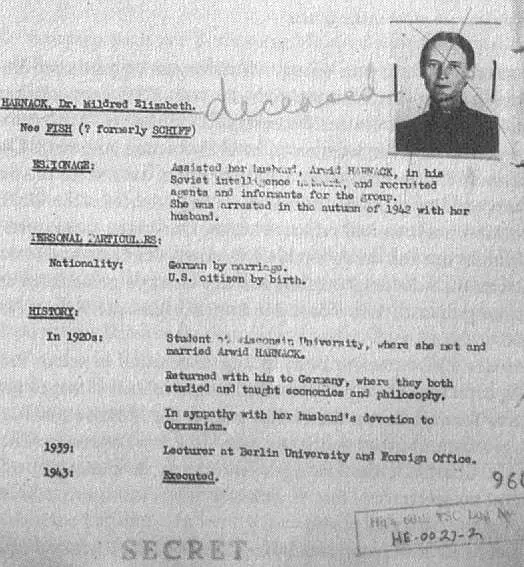
Mildred Harnack and her husband joined a small resistance group working to undermine the Nazis from within Germany after she was fired from the University of Berlin in 1933. Because they transmitted information to the Soviet Union via radio “concerts,” the Gestapo dubbed them the “Red Orchestra.”
The Red Orchestra distributed anti-Hitler pamphlets, kept track of Nazi atrocities, and later passed German economic and military intelligence to the Soviet government and the Allies. And, thanks to her position as a night school teacher in Berlin, Harnack became a key recruiter for the underground organization.
Harnack linked her students to the Red Orchestra when they expressed dissatisfaction with the Nazis. She took a job as a literary scout for a German publisher in the mid-1930s, which allowed her to travel across Europe and meet with other resistance members.
The Gestapo eventually discovered one of the Red Orchestra’s radio transmissions and began apprehending its members. In September 1942, the Harnacks were caught in Nazi-controlled Lithuania as they tried to get to Sweden.
Mildred Harnack was imprisoned in Charlottenburg Women’s Prison by the Gestapo. A Nazi interrogator tried to break her every day. In December 1942, she was charged with high treason.
Her husband was executed the following month. Arvid Harnack was hanged with a foot-long rope, a technique used by Nazis to prolong the agony of their victims. He wrote one final letter to his wife before passing away. You have a special place in my heart… My greatest wish is that whenever you think of me, you are happy. When I think of you, I am.
During her own trial, a group of judges told Mildred Harnack that she would have to work in a prison camp for six years.
According to the New York Times, the Nazis instead transported Harnack to Berlin’s Plötzensee Prison while she awaited her punishment. Unhappy with the spy’s prison camp sentence, Adolf Hitler overruled the judges. Harnack, like her husband, would be put to death.
Mildred Harnack’s Execution and Her Bravery Legacy

The Harnacks were apprehended by the Gestapo on the Curonian Spit’s seaside village of Preila on September 7, 1942.
After a four-day trial before the “Reich Military Tribunal,” Harnack was sentenced to death on December 19 and executed three days later at Berlin’s Plötzensee Prison.
Fish-Harnack was sentenced to six years in prison at first, but Adolf Hitler refused to accept the sentence and ordered a new trial, which resulted in his death on January 16, 1943. On February 16, 1943, she was executed by guillotine. They noted that she died in seven seconds.
Fish-Harnack spent her time in prison translating Johann Wolfgang von Goethe’s poem Vermächtnis (transl. “Bequest”).
Her body was released to Humboldt University anatomy professor Hermann Stieve after her execution to be dissected for his research into the effects of stress on the menstrual cycle, such as awaiting execution. He gave what was left to a friend of hers, who had the remains buried in Berlin’s Zehlendorf Cemetery, after he was finished. She is the only anti-fascist from Berlin whose grave has been discovered.
In honor of her friend, Leiser wrote the unfinished poem “To and from the guillotine” when she learned of his execution.
She had given her life in the fight against the Nazis. However, only a few people today are familiar with her story.
The Harnacks’ execution was investigated by the US Army’s War Crimes Group after the war. “Mildred Harnack’s actions are admirable,” a top-secret memo said, “but she was plotting against the German government, she was tried, and there seems to be enough reason for her to be put to death.”
The Harnacks’ case was quickly closed by the US Army. They had given the Soviets intelligence, which was enough to condemn them in the new Cold War climate.
The government of United States for decades concealed Harnack’s story from the public, because of her Communist sympathies. The Counterintelligence Corps (CIC) of the U.S. Army acknowledged her work leading a large group secretly fighting the Nazis and their regime but concluded that she deserved her punishment, considering her execution “justified”
Worse, captured Nazis attempting to avoid the Nuremberg Trials claimed the Red Orchestra was still active in the United States. Mildred Harnack’s heroism was buried by the lie.
For decades, members of the Harnack and Fish families fought to clear Arvid and Mildred Harnack’s names. Their efforts were only successful after the Cold War ended.
Mildred Harnack is remembered today as a World War II hero. Rather than fleeing Nazi Germany with her American passport, she stayed to fight injustice. “Well, it’s not a question of how dangerous it is; I’ve got work to do,” Harnack said when her family urged her to return to the United States. She was the first and only American woman to be executed on Hitler’s orders.
“Ich habe Deutschland auch so geliebt,” she is said to have said in her final words (“I loved Germany so much as well”). She was the only American woman to be executed on Adolf Hitler’s orders.
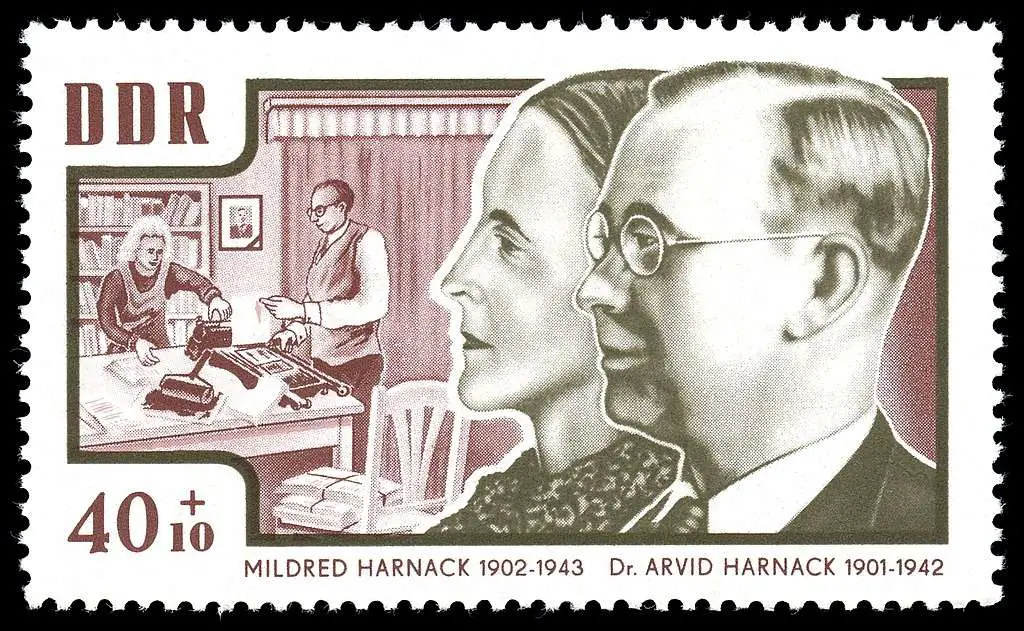
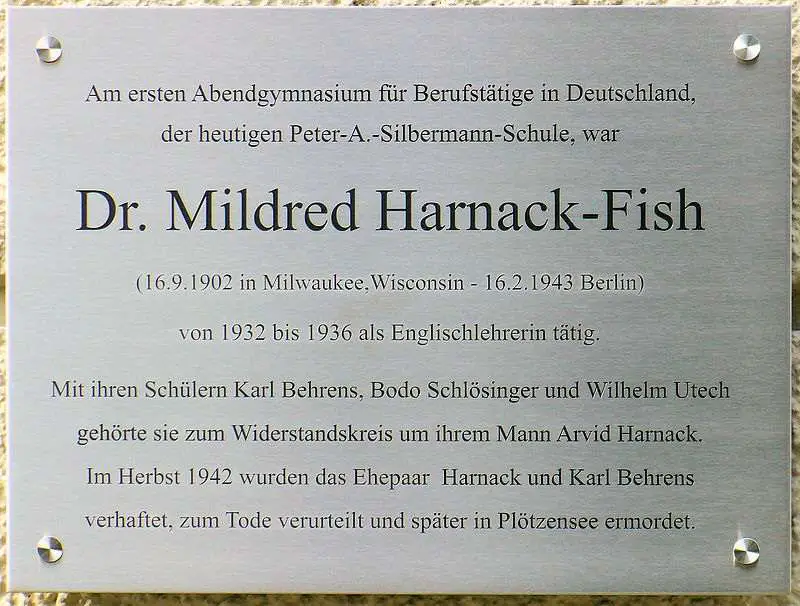

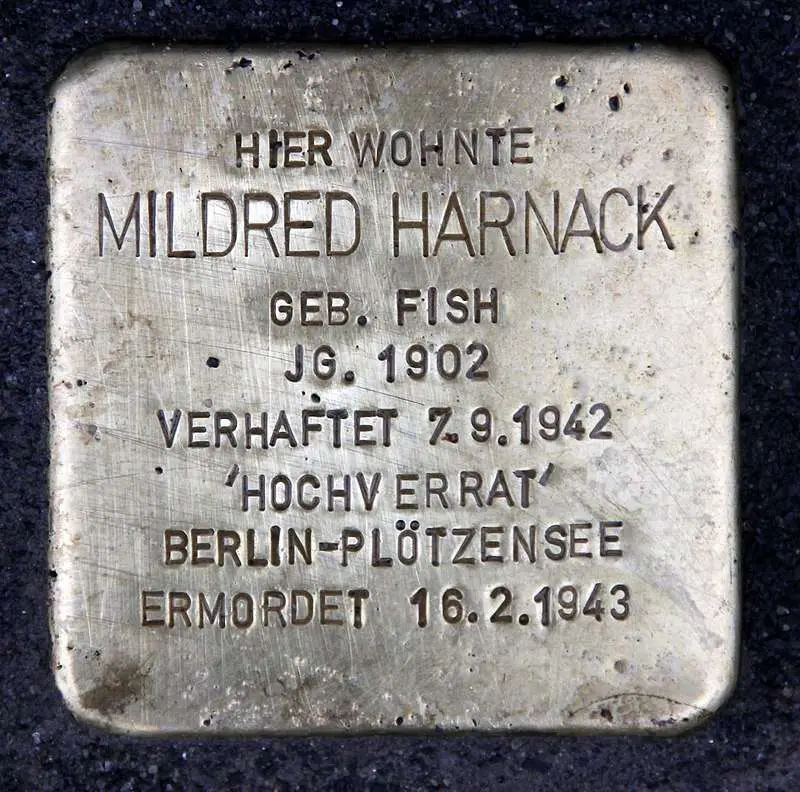
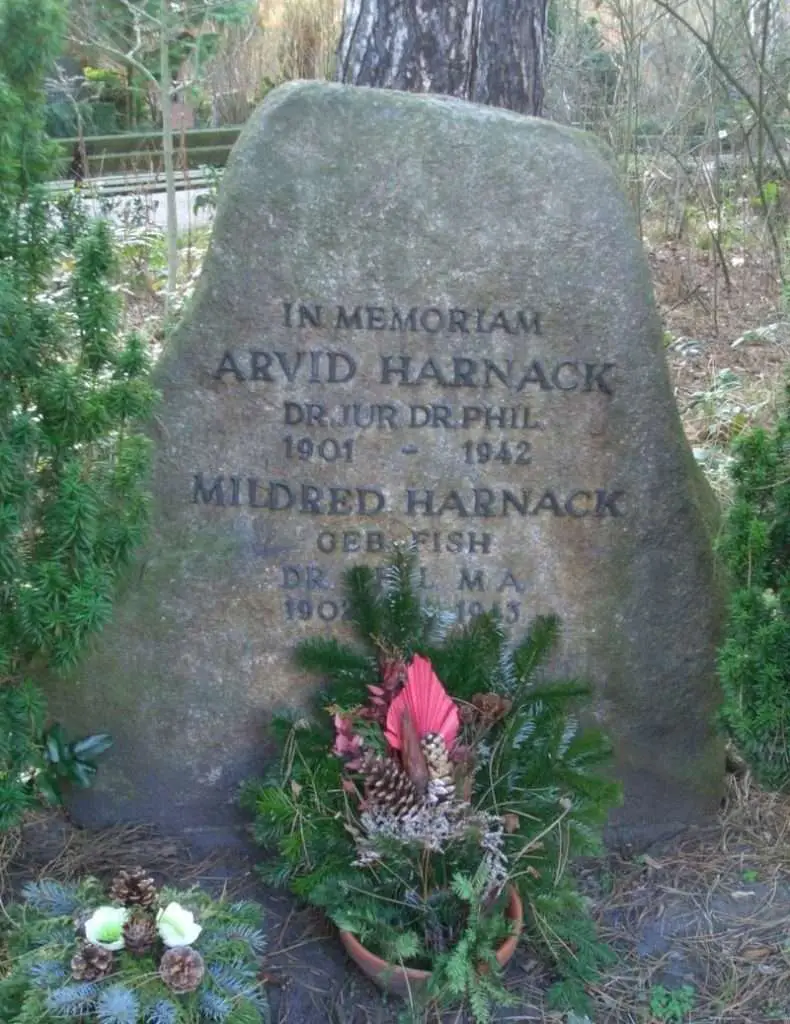
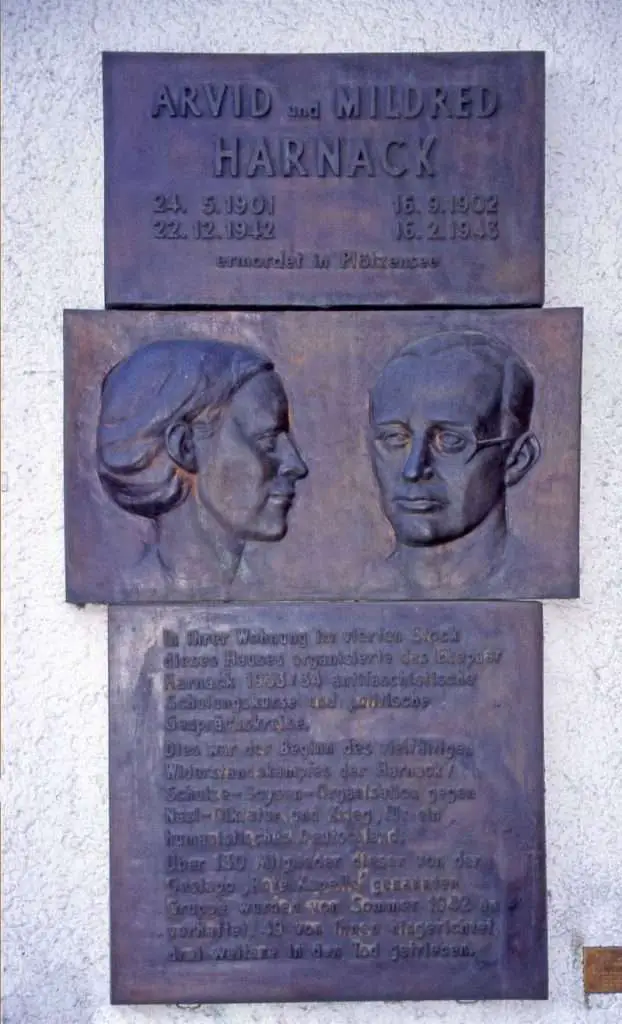
Credit: Wikipedia | CBC All the information and photo credit goes to respective authorities. DM for removal please.


